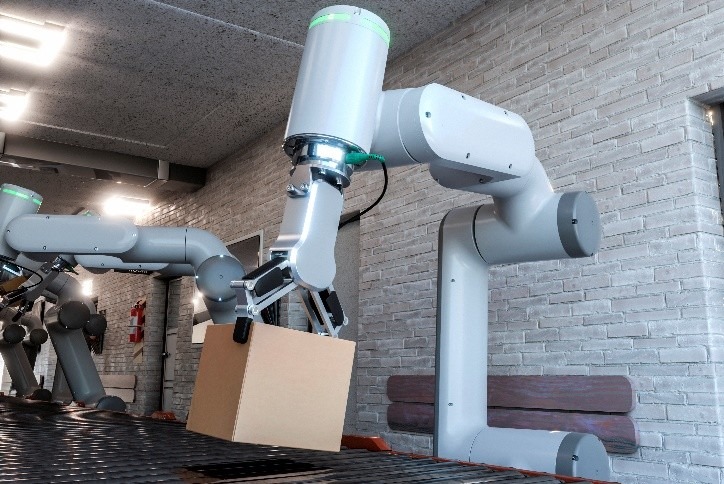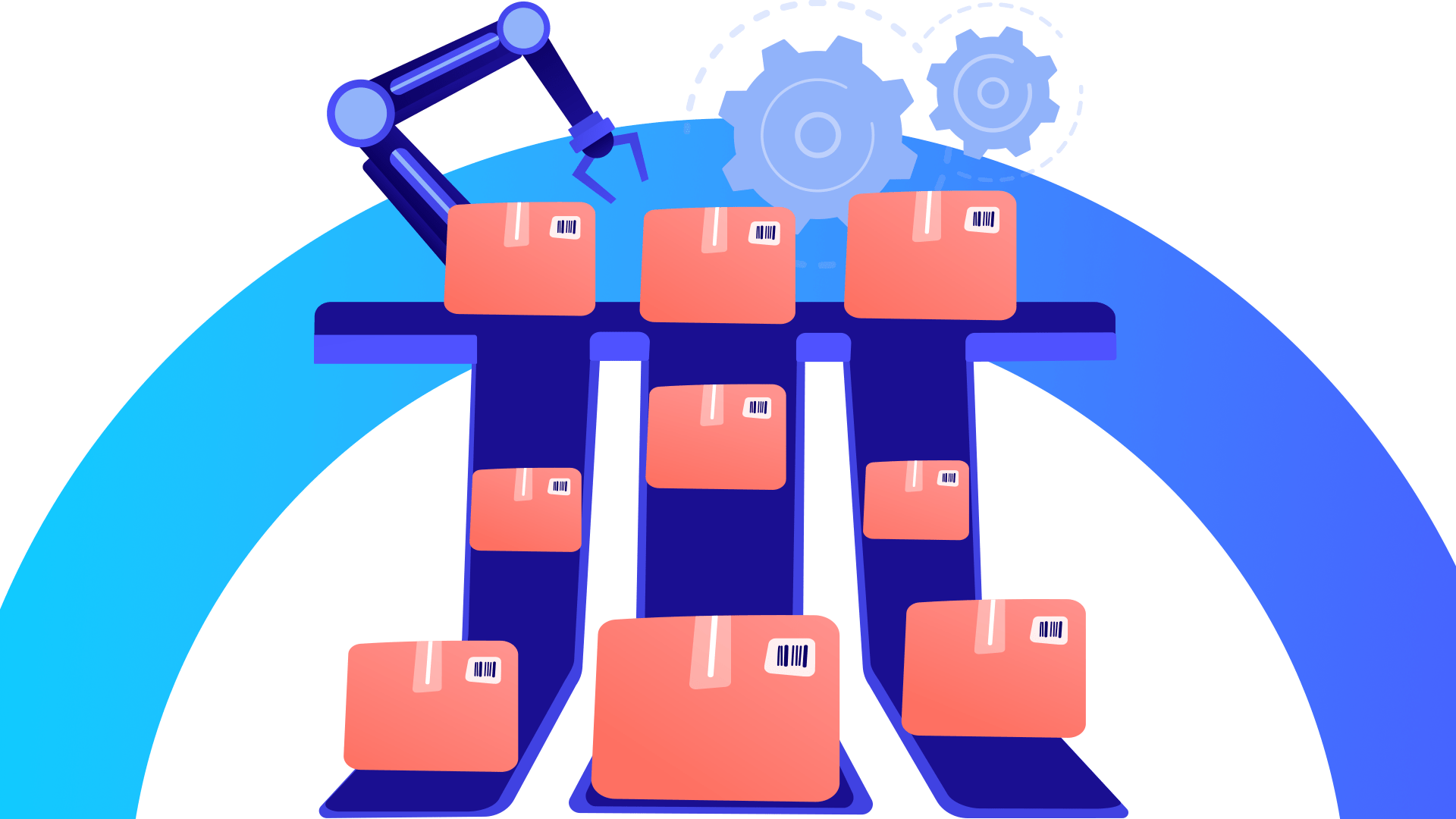Automation is the key to overcoming workforce shortages in manufacturing. By embracing AI, ML and IIoT tech, factories can boost efficiency, reduce costs, and maintain 24/7 production—helping them stay competitive while addressing labor challenges.
The workforce problem manufacturers can’t ignore
Why automation in manufacturing is no longer optional
Factories used to rely on manual labor. Now, automation in manufacturing is the key to staying ahead—or falling behind. Machines don’t call in sick, get tired, or leave for a higher-paying job.
But is automation in manufacturing about replacing people? No. It’s about letting machines handle repetitive tasks so workers can focus on higher-value work. Automated systems reduce waste, improve precision, and keep production moving 24/7. Manufacturers who resist automation risk losing out in an industry built on speed and efficiency.
The real cost of labor challenges

Factories struggling to hire often turn to expensive short-term fixes like overtime pay and temporary workers. But these solutions drive up costs without fixing the root problem. Labor shortages also put extra pressure on existing employees, leading to burnout and high turnover.
Even when companies find workers, training takes time. Some roles require months of experience before reaching peak efficiency. Automation in manufacturing removes these obstacles by ensuring production continues, no matter how many skilled workers are available. Companies no longer have to rely on a fluctuating labor market to meet customer demand.
Types of automation in manufacturing
Fixed automation: The workhorse of high-volume production
Programmable automation: Adapting to production needs
Flexible automation: the future of smart factories
Advanced automation technologies in manufacturing
AI and ML: Smarter decision-making
Artificial intelligence (AI) and machine learning (ML) are transforming automation in manufacturing. AI-powered systems analyze data, predict equipment failures, and improve efficiency. These technologies reduce downtime and cut maintenance costs.
For example, AI-driven robots in warehouses sort, pack, and transport goods with incredible accuracy. ML algorithms learn from production patterns and adjust processes in real time to ensure consistent quality.
IIoT sensors: Data-driven efficiency
Industrial Internet of Things (IIoT) sensors track real-time data on machine performance, temperature, and energy use. They help prevent breakdowns before they happen by alerting manufacturers to potential issues. This allows businesses to schedule maintenance proactively rather than waiting for costly failures.
With IIoT, manufacturers no longer have to guess when equipment needs servicing. Predictive maintenance becomes the norm, saving companies millions in unplanned downtime.
OmniConnectTM is a cutting-edge automation solution that merges the power of AI/ML technologies with IIoT capabilities. By integrating real-time data from IIoT sensors, and with AI and ML driving intelligent decision-making it enables manufacturers to gain valuable insights, predict equipment failures, and optimize their production processes. Its flexible design allows it to continuously adapt to the evolving needs of manufacturers, helping businesses stay competitive while overcoming workforce shortages and operational challenges.
Interested in learning more? Book a Demo.
Cobots: Collaborative robotics for human assistance
Collaborative robots, or cobots, work alongside employees, handling repetitive or physically demanding tasks. Unlike traditional robots, cobots are designed for safe interaction with humans, increasing productivity without replacing jobs.
Cobots are easy to program and can adapt to different tasks. This makes them a great solution for small and mid-sized manufacturers that need automation but don’t want to overhaul their entire operation. Workers get more done when cobots handle lifting, sorting, and assembly.
Automated guided vehicles (AGVs): Smart material handling
AGVs transport materials across factories without human input. These self-guided vehicles use sensors and software to navigate, reducing delays and optimizing workflow.
By using AGVs, factories cut down on human errors and improve efficiency. AGVs ensure materials arrive where they’re needed, preventing bottlenecks and minimizing downtime. They also enhance safety by reducing the need for forklifts and manual material handling.
3D printing: Revolutionizing production
Also known as additive manufacturing, 3D printing allows factories to create complex parts with minimal waste. This technology speeds up prototyping, lowers material costs, and enables on-demand production.
Industries like aerospace, medical devices, and automotive manufacturing already use 3D printing to build lighter, stronger components. As costs continue to drop, more manufacturers will integrate it into their production lines.
The benefits of industrial automation in manufacturing
Investing in automation in manufacturing isn’t just about keeping up—it’s about gaining a competitive edge.
Lower costs, higher profit margins
Labor shortages drive up wages. Automation in manufacturing reduces reliance on manual labor, cutting operating expenses. With fewer mistakes and less waste, businesses maximize profits.
Factories that automate also save on maintenance and repairs. AI-powered predictive maintenance prevents costly breakdowns, while IIoT sensors track performance to avoid inefficiencies.
Faster production, better quality
Machines don’t slow down. They run at peak efficiency 24/7, delivering faster output without compromising quality. AI-driven automation detects defects early, preventing faulty products from leaving the factory. This level of precision is hard to achieve with human labor alone.
Faster production means companies can take on more orders and meet tight deadlines. Automation in manufacturing keeps production schedules on track, even during peak demand periods.
Improved workplace safety
Dangerous tasks put workers at risk. Automation in manufacturing reduces exposure to hazardous conditions. Instead of lifting heavy objects or working near dangerous machinery, employees can oversee operations from a safe distance.
Cobots and AGVs further improve safety by handling physically demanding jobs. Workers can focus on supervision and troubleshooting instead of performing high-risk tasks.
Scalability and flexibility
Market demands shift fast. Automated systems allow manufacturers to scale production without major hiring efforts. Flexible automation in manufacturing adapts to changing needs, keeping businesses agile.
Companies using AI and ML can analyze demand trends and adjust production instantly. This prevents overproduction, reduces waste, and helps businesses stay efficient in unpredictable markets.




